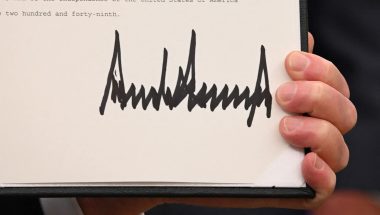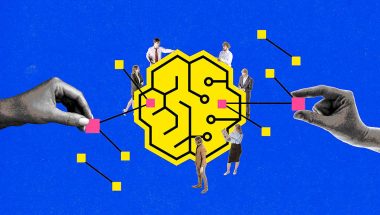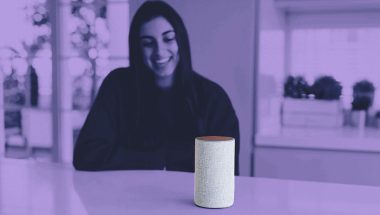- | 9:03 am
These high-tech sneakers tell you when they need to be recycled
Philippe Starck collaborated with startup Baliston on these sneakers, which measure your gait, track your steps, and can be traded in for new shoes when they wear out.
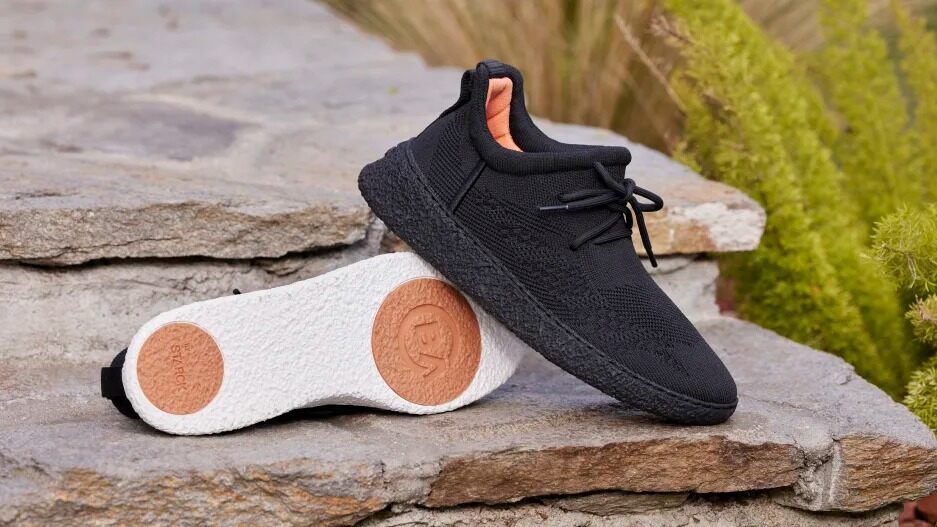
When you put on a new pair of sneakers designed by Philippe Starck, the shoes will start tracking how you walk. A couple of weeks later, you’ll get custom insoles in the mail to help improve your gait. The shoe also knows when it wears out and you need a replacement—and then you can send back the first pair to be fully recycled.
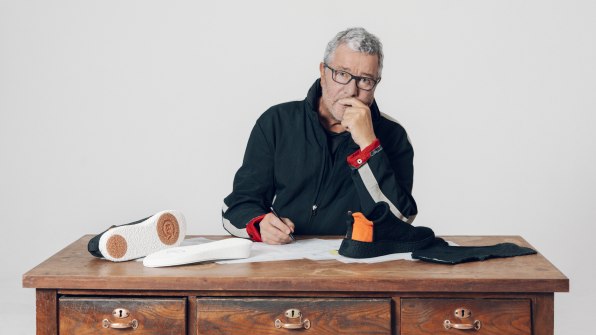
“I was interested in making shoes because shoes have too short a life,” says Starck, who worked on the aesthetic design for Palo Alto-based startup Baliston, which developed the underlying tech. He wanted to work on the project both because of the environmental impact—most sneakers end up in landfills, sometimes only months after they’re first used—and because of the innovation of Baliston’s technology. “Nobody has made something like this before,” he says.
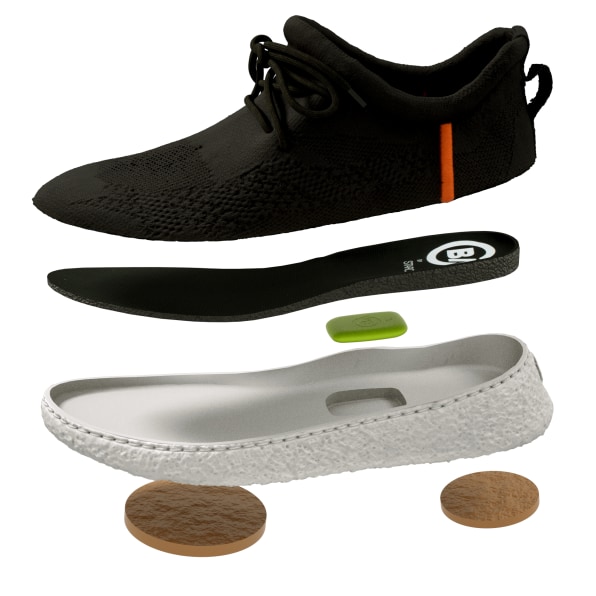
Each shoe has an electronic module embedded under the insole, with sensors that share data via Bluetooth. “We built a technology that functions in each foot, and then the shoes talk together in real time and exchange information,” says Baliston founder Karim Oumnia. “You have a ‘walking DNA’: We all have a way to walk which is different from others.” The underlying tech is already used in podiatrist offices in Europe to help doctors design custom insoles; Baliston took the step of adding it directly to shoes.
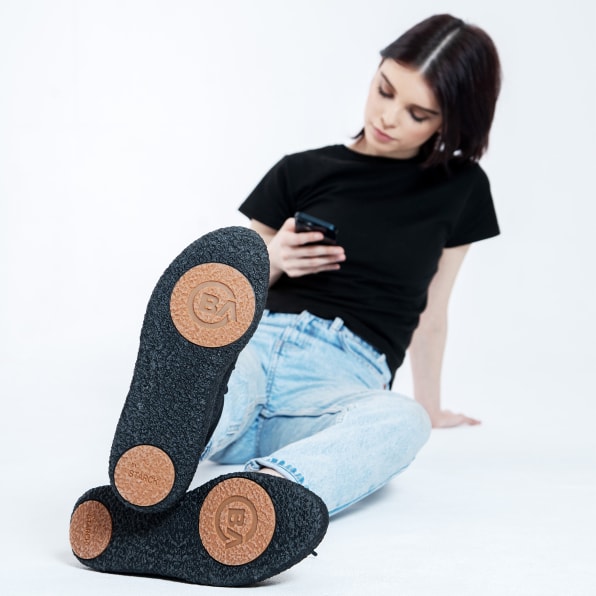
As you walk, an app also offers insights. If your gait is asymmetrical, for example, it will suggest specific exercises you can do—like lunges and calf raises for your weaker leg—to help prevent future back pain. Or it might note how to improve your posture, or how to improve propulsion. The app also tracks how many steps you walk each day, stairs climbed, the intensity of your activity, and calories burned.
The AI took eight years to develop. Making the shoe recyclable took another three years. “Normally, shoes have 20 to 40 components, which makes them very difficult to recycle,” says Oumnia. The new shoe has only five, all bio-based. Some of the materials had limitations; Starck first sketched a design in charcoal gray and then learned that the organic cotton available for one part of the shoe was only available in black. Working with only a handful of materials was also challenging. But starting with recyclability in mind at the beginning of the design process meant that the team was able to end up with a circular shoe.
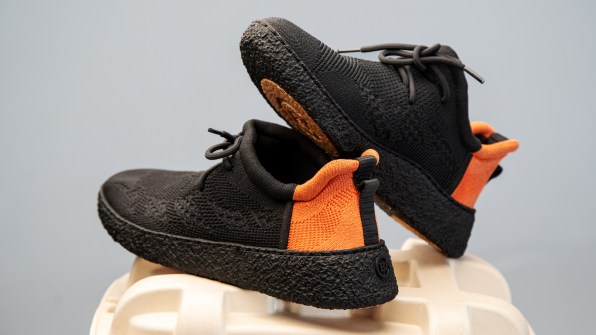
When a pair wears out, customers separate the sole and the uppers (the rest of the shoe) and then send them back for recycling with a prepaid return label. The uppers can be remade into new uppers; the sole, made from sugarcane, can partly be remade into a new sole, and then some of the material can also be sold to other companies for other uses.
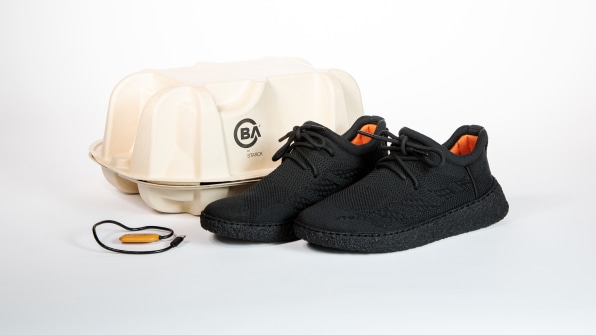
The shoes are sold through a subscription, the same model that the Swiss running shoe brand On uses for its own recyclable shoes. Instead of paying for a pair of shoes, you pay for access to a pair, and when one wears out, you get another. (You keep the electronics for reuse, since they last longer, and then insert them in your new pair.) The subscription is pricey, at $249 per year; depending on use, someone might get one or two pairs of the shoes annually. The physical design of the shoes will change over time, Starck says. “A shoe for life could be boring,” he says. “What you buy are the same shoes, but they’ll change.”
















